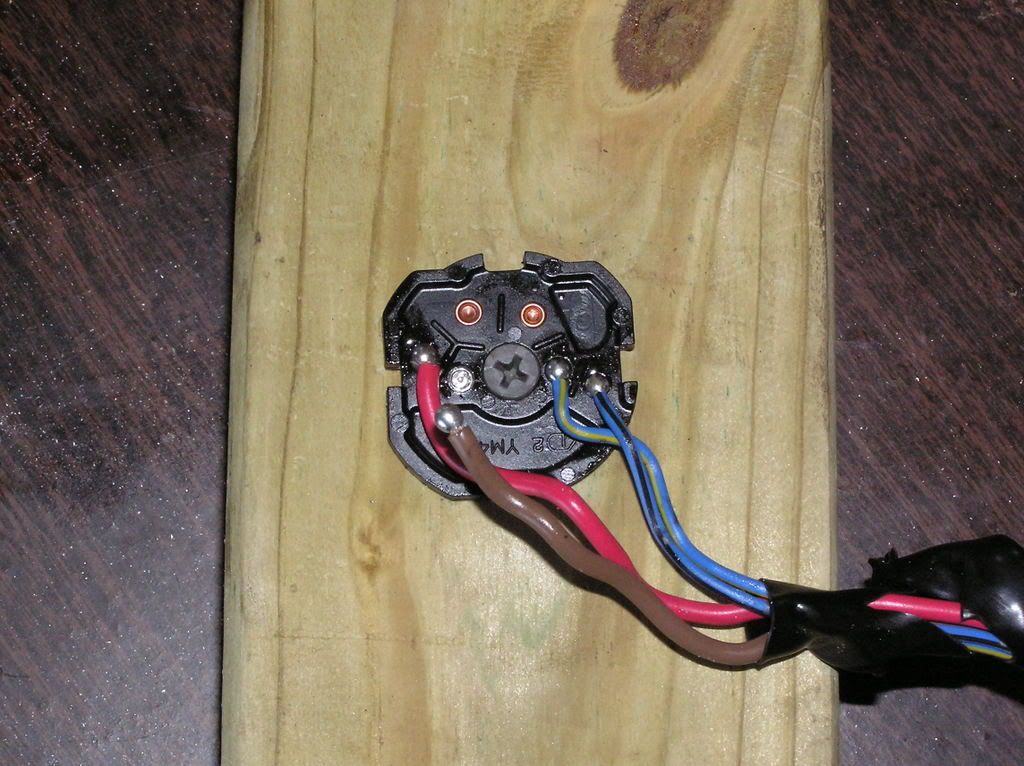mcatrophy Posted Apr 28 2008, 06:52 PM
for accuracy, most of the current doesn't go through the switch, the high load stuff is all switched through relays.
I agree with what you are saying mcatrophy. However, a quick perusal through the FSM will show that the electrical load goes from battery through the main fuse to the ignition switch and then on to the fuse block. No relay.
Edit: upon further review, several main power consumers DO go through a relay, but after passing through the ignition switch, with the exception of the radiator fan.
If I were a designer for the primary electrical system I would expect 0.05 ohms to be an acceptable resistance drop. Upon actual measurement of my electrical system it ain't happening. Based on the electrical readings from other FJR threads it looks like the actual voltage drop for most systems is in the range of 0.75 to 1.0 ohms.
Need data. Input!






















































